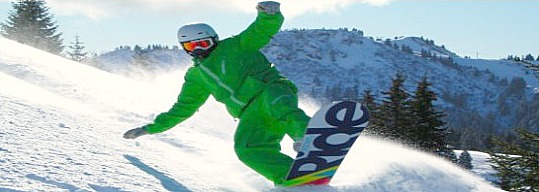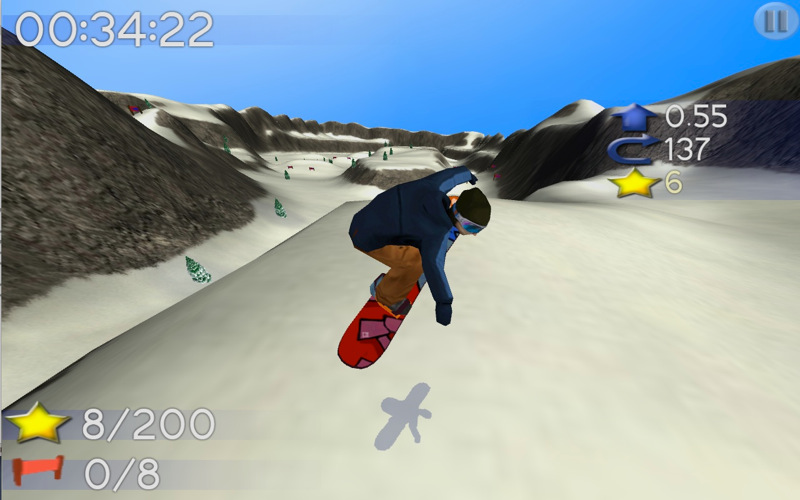

Most all-mountain boards will have a directional-twin shape. And if you’re more freestyle oriented, then a true twin shape might be an option – though in most cases that means you’ll be getting an all-mountain-freestyle board. That is, if you are a more aggressive all mountain rider then you might want to pick something with a directional shape. There isn’t any consideration for switch riding (it’s still possible to ride switch on any board, just not as easy).Ī board can be directional in a number of different ways, including:Īll mountain boards tend to have a directional twin shape, though some have a directional shape and other shapes too.Īgain this is a compromise between riding well in one direction on challenging terrain and being able to ride, take off and land switch more comfortably etc.īecause there are a lot of options for shapes in all mountain boards you can tailor what you get to more closely fit your style. These shapes are tuned to have you riding optimally in one direction.

Generally speaking freeride snowboards will have a medium-stiff or stiff flex.

Let’s take a look at the following specs and see the differences between a typical freeride board and typical all-mountain board: An all-mountain board is typically a great option for those that only want one board and want to be able to do a bit of everything on that board. You may be the type of rider that likes to do a bit of everything, but would prefer to have 2 (or more) different boards, depending on where you’ll be riding, how you’ll be riding, what the conditions are and who you are riding with. Of course, you might also be looking for a freeride board as part of a quiver. Freeride Snowboards and All-Mountain Snowboardsīecause of these differences freeriders want very different specs in their snowboards compared to all-mountaineers. The all-mountaineer wants one board that can do-it-all because they want to be able to do everything in one day if that’s what they feel for – and they don’t want to be changing boards part way through the day. Whether those other things be cruising the groomers, riding some freestyle either in the park or on the mountain or riding the pipe. All-MountaineersĪll mountaineers might like to do some of the stuff that freeriders do – but they also like to do other things. The freerider doesn’t even give a second thought to the park, or riding switch or anything else along those lines – and if they do they have a separate board to tackle that part of their snowboarding repertoire. The most extreme freeriders can tackle some pretty hairy and demanding terrain. Their home is in the backcountry, riding chutes, tree runs, steeps and anything else that will get their adrenaline going in a big way. This is because they like they’re riding epic. Freeridersįreeriders are sometimes also known as big mountain riders. Note that there are sometimes different definitions for what terms like “freeride” and “all-mountain” are. There are some distinct differences here so the snowboards that each will choose will need to have different characteristics to be the best tool at their disposal.

To answer this question let’s first take a look at the difference between what freeriders and all mountaineers like to do on the mountain. What is the difference between freeride vs all mountain snowboards?


 0 kommentar(er)
0 kommentar(er)
